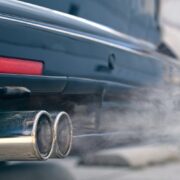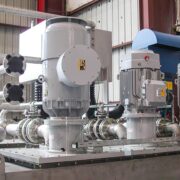In the automotive industry, rubber seals are used on a variety of components, including differentials and transmissions. Seals have an important role to play in ensuring that fluids do not escape from the engine compartment and that dirt or other contaminants do not enter a component. You can find these seals on a number of different components of your vehicle. Knowing how the seals are used can help you to gain a better understanding of why they are important and where they are located.
Table of Contents
Differentials
The differential is a mechanical device in your car that causes the driveshaft to rotate at different speeds while allowing the vehicle to turn corners. When a car makes a left turn, this means that the driveshaft will rotate at a different speed than the wheels. While this may seem like an odd frequency, it actually allows your car to make turns more easily. When you make a right turn, the differential will rotate at a different speed than the wheels making a right turn. In order to control the rotational speeds for both of these turns, rubber seals are used to keep fluid inside the differential and dirt and other contaminants out. Differentials can contain different types of fluids, including gear oil and a friction modifier, which are used to reduce the frictional forces of moving parts inside of the differential. Differentials can also contain a limited slip additive, which helps to improve traction by sending power to the wheel on the outside of a turn.
Transmissions
A transmission is basically a mechanical device that transfers power from the engine to the drive axle of your vehicle. It consists of several components, including the differential and clutch mechanism, which sends the power of the engine to different wheels. There are several seals on a transmission, including an outer seal that keeps oil inside the unit and an inner seal that prevents fluid from leaking when you shift gears. You can find the inner seal on the clutch mechanism, which is held in place with detents. The outer seal is found between two metal halves of the transmission. A transmission can contain several types of fluids (many transmissions require special synthetic oils to work properly), including hydraulic fluid, gear oil, and friction modifier.
While there are many different parts to a car or truck, rubber seals play an important role in ensuring that fluid stays where it belongs and does not leak out onto your driveway or garage floor. Knowing where these seals are located on your vehicle can help you better understand how they work and why they are important. Knowing how rubber seals are used in different parts of your vehicle can help you gain a greater understanding of why they are used. When you take your car to the shop for service, you will be better informed about why a particular part is being replaced or repaired. This can help you make better decisions about who should handle repairs and maintenance on your vehicle, reducing the risk of getting ripped off by unscrupulous mechanics.



















Comments